Cripta de los Héroes
The elaborate crypt where Peruvian heroes of the War of the Pacific were laid to rest.
The historic and supposedly haunted Cementerio Presbítero Matías Maestro is the most famous cemetery in Peru. Inaugurated in 1808, it now contains 766 mausoleums and 92 historic monuments. Among them is the Cripta de los Héroes (Crypt of the Heroes), the final resting place for many of Peru’s greatest military heroes.
The Cripta de los Héroes was inaugurated on September 8, 1908, to house the remains of Peruvian military heroes who fought in the 19th-century War of the Pacific. During this war against Chile, the allied nations of Peru and Bolivia lost some 18,000 soldiers, with another 8,000 wounded. Many heroes were made during the conflict, alongside many others who were left on the battlefield as anonymous casualties of the war. Both are honored in Lima’s Crypt of the Heroes.
Initially, only those who had died in the War of the Pacific were placed in the crypt, their remains transferred from various other tombs in Lima and beyond. Later, the remains of those who had survived the war were also allowed, including those of Andrés Avelino Cáceres (1836 - 1923), who now lies in the crypt’s most prominent and central sarcophagus.
Cáceres rose through the ranks of the Peruvian Army, and served as a general during the War of the Pacific. He later served two terms as President of Peru (after an earlier, shorter and self-proclaimed period as President of the Republic).
Surrounding the marble tomb of Cáceres are five marble ossuaries containing anonymous remains retrieved from five of the most important battlefields of the war, including the Battles of Tacna, Arica, and Angamos. In the walls above these, and throughout the crypt, are 234 funerary niches containing named combatants who gave their lives defending Peru during the conflict.
On a lower level are the large marble tombs of some of Peru’s other great heroes, including Alfonso Ugarte, Francisco Bolognesi and Miguel Grau.
Both Ugarte and Bolognesi died fighting at the Battle of Arica, a terrible defeat for the Peruvians. According to legend, Ugarte rode his horse over a cliff into the Pacific to prevent the Peruvian flag, which he was carrying, from falling into enemy hands. Francisco Bolognesi fought alongside Ugarte in the famous defense of El Morro at Arica, and his words prior to the engagement are now sacrosanct within the Peruvian Army: “I have sacred duties to fulfill, and I shall fulfill them until the last cartridge has been fired.”
Admiral Miguel Grau, meanwhile, was voted the “Peruvian of the Millennium” by popular vote in 2000. Grau, known as the Caballero de los Mares (“Gentleman of the Seas”), is highly esteemed by both Peruvians and Chileans for his valor, chivalry, and naval prowess. He died on October 8, 1879 at the Battle of Angamos, a naval encounter which resulted in a decisive Chilean victory despite the bravery of Grau and the crew of his small ironclad turret ship, the Huascar. October 8 is a national holiday in Peru.
Know Before You Go
The cemetery is open to the public from Monday to Saturday from 9 a.m. to 2:30 p.m. Guided tours of the crypt need to be arranged in advance, either with a local tour agency of with the local municipality. Night tours are particularly popular; they normally start at about 8 p.m. and last for around two hours.


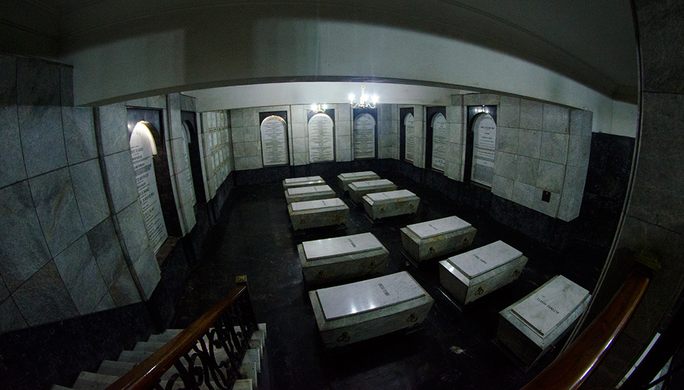

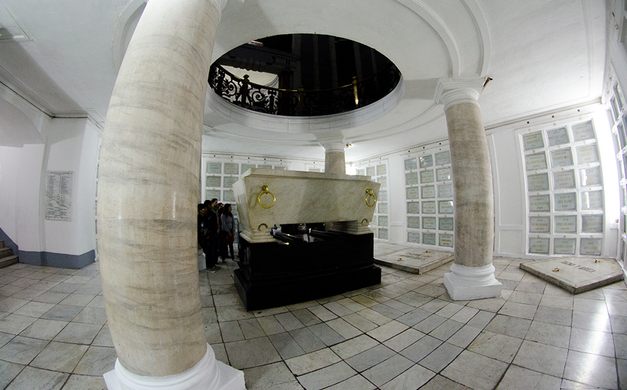

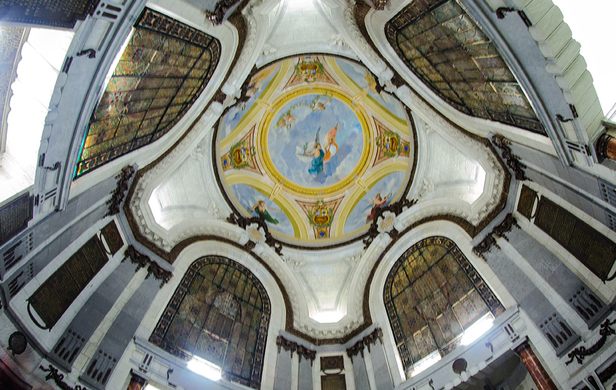




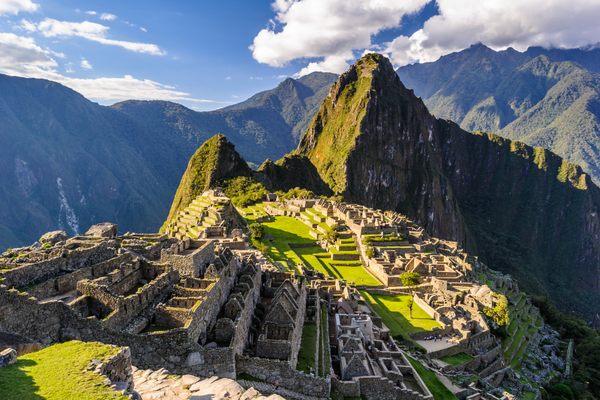



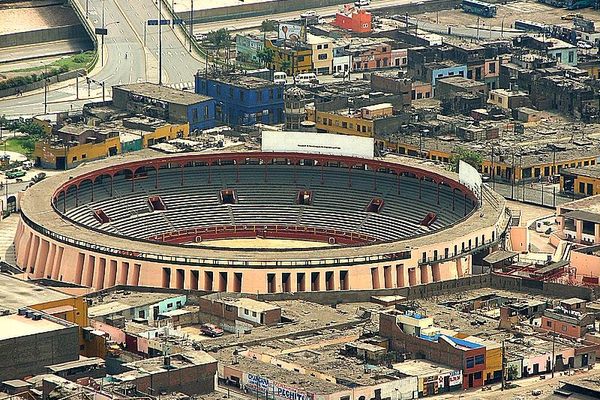
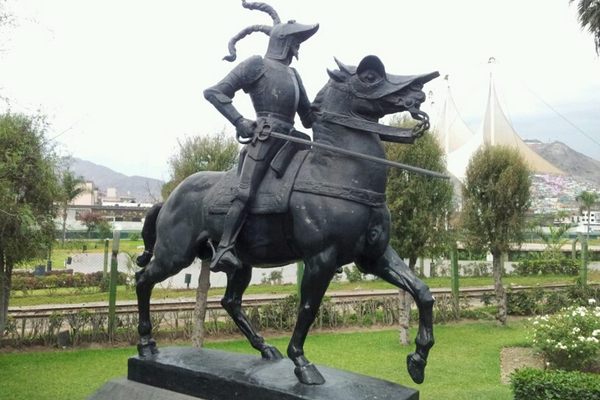
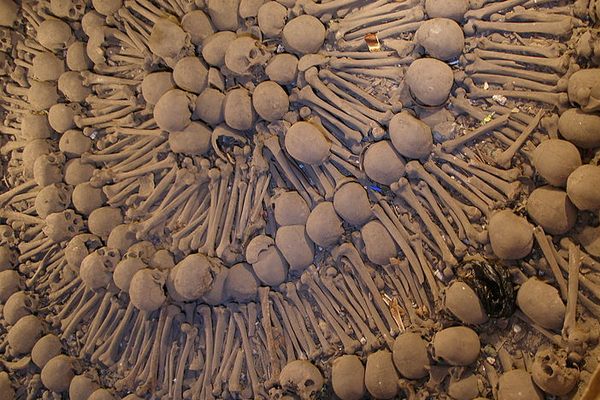


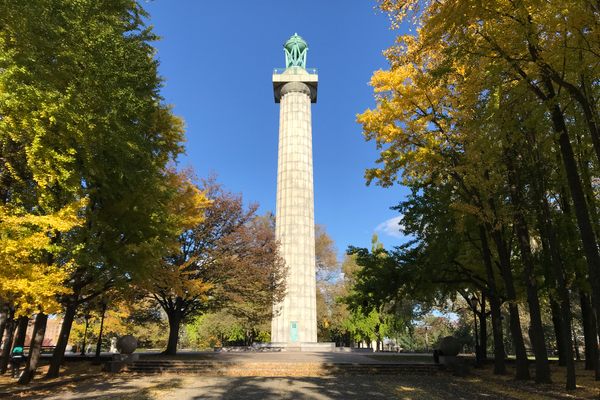
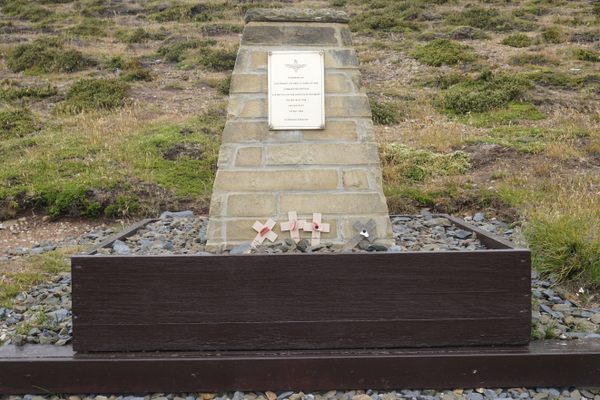

Follow us on Twitter to get the latest on the world's hidden wonders.
Like us on Facebook to get the latest on the world's hidden wonders.
Follow us on Twitter Like us on Facebook